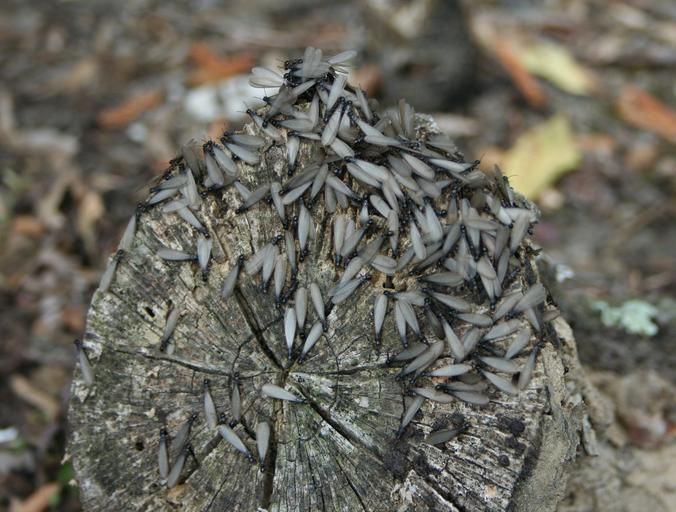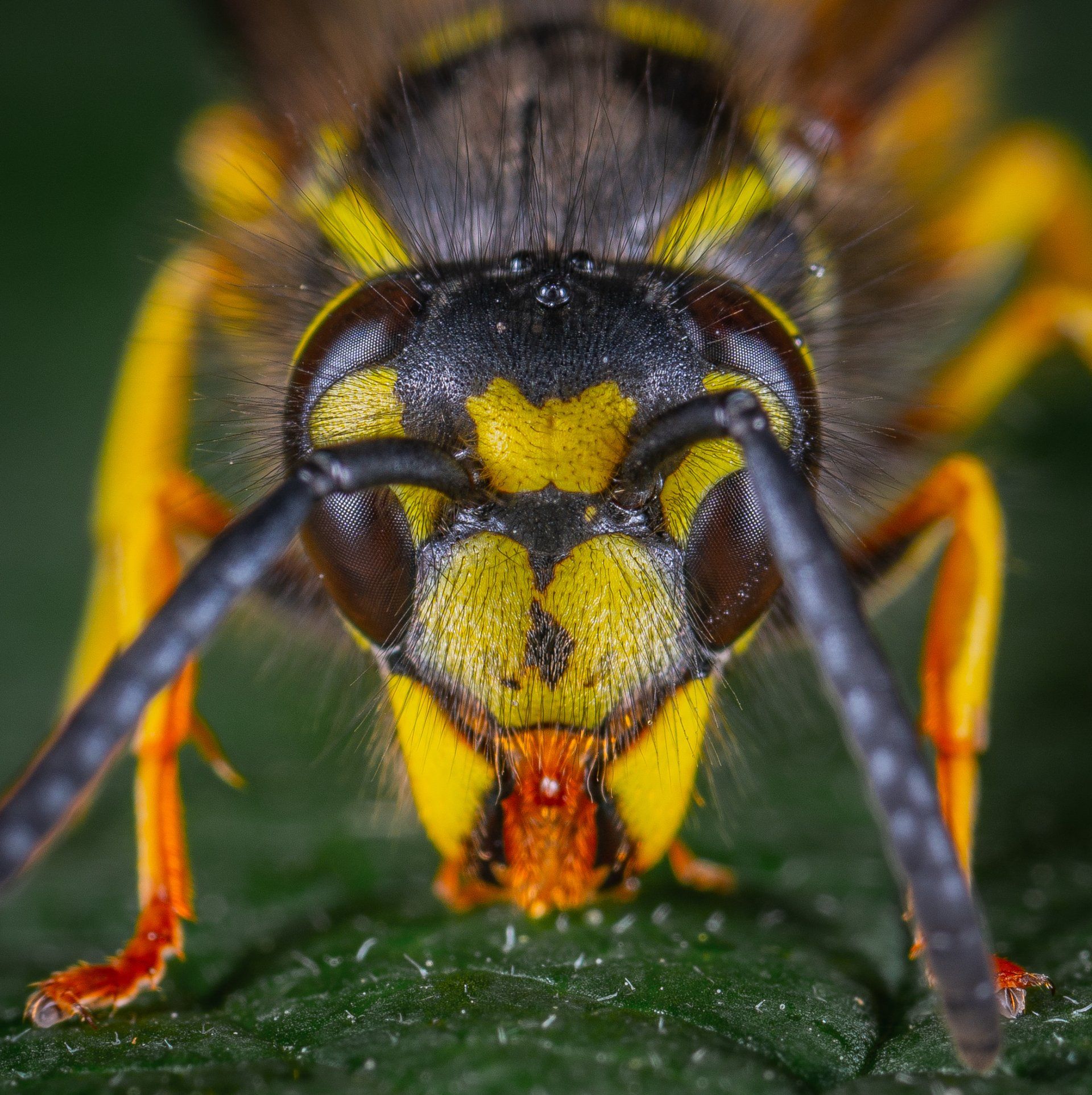Get Rid of Indian Meal Moths in Pantry Fast & Effectively in Lancaster, Pa

Moths in your pantry can be a frustrating and unwanted discovery. These pesky insects can contaminate your food and cause damage to your pantry items. But fear not, because help is at hand! Have you experienced moths in kitchen areas? Click here for a free estimate.
In this article, we will provide you with expert tips and solutions to get rid of moths in your pantry quickly and effectively. Whether you are dealing with Indian meal moths or other pantry pests, we have the information you need to create a pest-free kitchen.
But why struggle with DIY solutions when you can rely on the expertise of professionals? Contact All County Termite & Pest Control, a trusted name in the pest control industry. Their experienced technicians have the knowledge and resources to tackle your pantry moth problem head-on. Do you need to get rid of Indian Meal Moths? You have come to the right place.
Don't let moths take over your pantry. Call All County Termite & Pest Control today and take the first step towards a pest-free kitchen.
Understanding Moths in Your Pantry: A Primer
Before you can effectively eliminate moths from your pantry, it's important to understand their behavior and habits. By gaining a better understanding of these pantry moths, you will be better equipped to prevent future infestations and take the necessary steps to protect your food.
Appearance: Pantry moths, also known as Indian meal moths, are small, slender insects with a wingspan of about 1/2 to 3/4 inch. They have a distinctive reddish-brown outer wings and a pale gray or cream-colored inner wings.
Diet: These kitchen pests typically feed on a variety of stored pantry items, including grains, flours, cereals, nuts, dried fruits, and spices. They can chew through paper, cardboard, and plastic packaging to access their food sources.
Hiding Places: Pantry moths prefer dark, undisturbed areas where they can lay their eggs and develop. They are often found in cracks and crevices of pantry shelves, behind labels, and inside stored food containers.
Expert Tip: To prevent pantry moth infestations, always inspect and thoroughly clean your pantry shelves and food storage areas. Regularly check for signs of infestation such as webbing, larvae, or adult moths. If you notice any signs, it's important to take immediate action to prevent further spread.
While understanding moths in your pantry is crucial, it's essential to consult a professional for effective pest control. All County Termite & Pest Control offers expert assistance to eliminate pantry moths and create a pest-free kitchen. Don't hesitate to reach out for their professional help in dealing with these kitchen pests.
Identifying the Culprit: The Indian Meal Moth
The Indian meal moth is a common and pesky insect that can infest your pantry and wreak havoc on your stored food items. It is crucial to be able to identify these moths so that you can take swift action to eliminate them from your kitchen. In most cases, Indian Meal Moth Extermination is required to handle the infestation effectively.
Here are some key features and behaviors to help you identify the Indian meal moth:
- Distinctive Appearance: Adult Indian meal moths are typically about 8-10 millimeters long with a wingspan of 16-20 millimeters. They have reddish-brown forewings and grayish hindwings.
- Flying Adults: Indian meal moths are active flyers and are often seen fluttering around your kitchen, particularly near your pantry or food storage areas.
- Larvae: The larvae of Indian meal moths are white or cream-colored with brown heads. They are usually about 12 millimeters long and may have a distinct reddish-brown hue when they are ready to pupate.
- Webs and Cocoons: Indian meal moth larvae spin silken webs and create cocoons within them, often attaching them to the walls of food containers or pantry shelves.
- Food Damage: Infested food items will have visible signs of damage, such as webbing, silken threads, larvae, or pupae. You may also notice a foul odor or strange taste.
If you notice any of these signs in your pantry or kitchen, it is highly likely that you are dealing with an Indian meal moth infestation. It is essential to take immediate steps to eliminate them and prevent further damage to your food and kitchen.
For professional assistance with Indian meal moth control, contact All County Termite & Pest Control. Their experienced technicians can effectively identify and eliminate pantry moth infestations, providing you with a pest-free kitchen. Do not hesitate to reach out to them for expert assistance in protecting your pantry and ensuring the safety of your stored food items.
Moths in Pantry: The Start to a Pest-Free Kitchen
Getting rid of moths in your pantry is crucial for creating a pest-free kitchen. It's not enough to just eliminate the existing pests; you must also take preventive measures to avoid future infestations. By following the essential steps outlined below, you can ensure pantry pest control, prevent kitchen moth infestations, and maintain optimal pantry hygiene:
- Proper Pantry Hygiene: Regularly clean your pantry, removing any spills or crumbs that may attract moths. Wipe down shelves, sweep the floor, and vacuum any corners or cracks where moths may hide.
- Food Storage Practices: Store pantry items in airtight containers to prevent moths from accessing them. Transfer bulk goods into sealed containers instead of leaving them in open packages.
- Inspect New Purchases: Before bringing groceries or other pantry items into your kitchen, carefully check them for signs of moth infestation. Look for any holes, webbing, or larvae present in the packaging.
- Regularly Rotate Stock: Use a "first in, first out" approach when restocking your pantry. Ensure that older items are used before newer ones to avoid items sitting for extended periods.
- Maintain Cleanliness: Keep your kitchen clean and free of food debris, as moths are attracted to these food sources. Wipe down countertops, clean up spills promptly, and take out the trash regularly.
Implementing these guidelines will minimize the risk of pantry moth infestations and help you maintain a clean and healthy kitchen environment. However, if you're struggling with persistent moth problems or need expert assistance, it's best to leave it to the professionals.
If you're dealing with a stubborn moth infestation, don't hesitate to reach out to All County Termite & Pest Control. Their trained technicians can provide effective pantry pest control solutions and help you achieve a moth-free kitchen. Call them today at 717-940-9029 to schedule an inspection and consultation.
The Lifecycle of Indian Meal Moths: Knowing Your Enemy
To effectively eliminate Indian meal moths from your pantry, it's crucial to understand their lifecycle. By familiarizing yourself with the different stages of the Indian meal moth lifecycle, you can target the moths at the most vulnerable points in their development and disrupt their life cycle.
From Egg to Larva
The Indian meal moth lifecycle begins with the egg stage. Female moths lay their eggs on food sources such as grains, flour, cereals, and dried fruits. The eggs are tiny, approximately 0.5mm in size, and are often laid in clusters of 30 to 200.
Within a few days, the eggs hatch, and the larvae emerge. The larvae are creamy-white in color with a small brown head. They are the destructive stage of the Indian meal moth lifecycle, feeding on the food they hatch on. Moth larvae typically go through five instars or stages of growth before entering the next phase.
The Pupal Stage and Moth Emergence
Once the larvae reach their full size, they typically leave their food source to find a suitable place to pupate. The pupal stage is the intermediate stage between the larvae and the adult moth. The pupa appears as a dark brown or reddish-brown cocoon, often hidden in cracks, crevices, or corners of the pantry.
After undergoing metamorphosis inside the cocoon, the adult moth emerges. The adult Indian meal moth has a wingspan of 16-20mm and is characterized by a combination of gray, copper, and reddish-brown wings. It is during this stage that the moths mate and the female lays her eggs, starting the lifecycle all over again.
Understanding the different stages of the Indian meal moth lifecycle enables you to identify the signs of infestation and take appropriate measures to eliminate them. If you're dealing with a pantry moth problem and require professional assistance, contact All County Termite & Pest Control for effective and reliable pest control solutions.
Why Indian Meal Moth Control is Paramount for Your Home
When it comes to maintaining a healthy and safe home environment, proper Indian meal moth control is crucial. Ignoring or underestimating the presence of these pests in your pantry can lead to various issues that can affect your well-being and the integrity of your stored food items. It's important to prioritize getting rid of Indian meal moths promptly to protect your family and prevent further damage.
One of the major risks associated with Indian meal moths is food contamination. These pests have a knack for infesting and devouring a wide range of pantry staples, including grains, cereals, flours, nuts, and dried fruits. Their larvae contaminate the food with their excrement, webbing, and chewed remnants, rendering it unsafe for consumption. This can result in foodborne illnesses and digestive discomfort for you and your loved ones.
Pantry moth damage is another concern that should not be overlooked. The larvae of Indian meal moths are voracious eaters and can cause extensive damage to your stored food items. They can chew through packaging, leaving behind unsightly holes and compromising the freshness and quality of the contents. Additionally, their silk webbing can create a sticky mess, making it difficult to handle and use the affected products.
Aside from the physical damage to your pantry items, Indian meal moths may also pose potential health concerns. Their presence can trigger allergic reactions in some individuals, manifesting as respiratory problems, skin rashes, and even asthma attacks. Protecting your family from these health risks should be a top priority.
With all these risks in mind, taking swift action to control Indian meal moths is essential. While there are DIY methods available, seeking professional assistance can ensure a more effective and long-lasting solution. All County Termite & Pest Control specializes in pantry pest control and can provide tailored strategies to eliminate Indian meal moths and prevent future infestations. Contact their experienced technicians for expert assistance in restoring a pest-free and safe environment in your home.
Indian Meal Moth Extermination: The Professional Approach
When it comes to getting rid of pantry moths, professional pest control can provide you with a more effective and long-lasting solution. DIY methods may offer temporary relief, but to eradicate these pests and prevent their recurrence, it's essential to seek expert assistance.
Initial Inspection and Identification
The first step in professional pantry moth extermination is conducting an initial inspection and identification. Experienced technicians from All County Termite & Pest Control will thoroughly assess your pantry to determine the extent of the infestation and identify the specific type of moth causing the problem. This comprehensive inspection ensures that the right treatment approach is taken to address the infestation effectively.
Treatment Options by All County Termite & Pest Control
All County Termite & Pest Control located in Lancaster, Pa, a reputable pest control company, specializes in pantry moth extermination. They offer a range of treatment options tailored to your specific situation. These options may include targeted pesticide applications, thorough cleaning and sanitation, and the implementation of preventative measures to minimize the risk of future infestations.
By relying on the expertise of professionals like All County Termite & Pest Control, you can trust that your pantry moth problem will be addressed with precision and efficiency. Their knowledge and experience ensure that the extermination process is done safely, effectively, and in compliance with all applicable regulations.
If you're dealing with a pantry moth infestation, avoid the hassles and uncertainties of DIY methods. Contact All County Termite & Pest Control today for professional assistance in eliminating pantry moths and creating a pest-free kitchen environment.
Preventative Measures: Keeping Moths Out of Your Pantry
Moths can be a persistent nuisance in your pantry, but with the right preventative measures, you can keep them at bay. By implementing these practical tips and strategies, you can significantly reduce the risk of future pantry moth infestations and maintain a moth-proof pantry.
Proper Food Storage Techniques:
- Seal all food items tightly in airtight containers to prevent moths from accessing them.
- Store dry goods such as grains, cereals, and flour in glass or plastic containers with secure lids.
- Consider using vacuum-sealed bags for storing more delicate food items like nuts and dried fruits.
- Frequently inspect stored items for signs of infestation, such as webbing or larvae.
Pantry Organization:
- Keep your pantry clean and clutter-free to minimize hiding spots for pantry moths.
- Regularly remove expired food items and wipe down shelves to prevent food debris accumulation.
- Categorize your food items and group them together to make it easier to spot any potential issues.
Using Moth-Proof Containers:
- Opt for sturdy, moth-proof containers made of metal or hard plastic to store vulnerable pantry items like grains and pasta.
- Ensure these containers have tight-fitting lids that seal out moths effectively.
By following these preventative measures, you can create a moth-proof pantry and safeguard your stored food items. Remember, if you're dealing with a severe infestation or need expert guidance, don't hesitate to contact All County Termite & Pest Control for professional assistance. They have the knowledge and experience to effectively eliminate pantry moths and provide tailored solutions to keep your kitchen pest-free.
Where DIY Fails: The Benefits of Expert Indian Meal Moth Treatment
When it comes to eradicating pantry moths, do-it-yourself (DIY) treatments often fall short in delivering effective results. While it may seem tempting to tackle the problem on your own, there are several downsides to relying on home remedies. That's why seeking expert assistance for professional pantry moth treatment can provide you with numerous benefits and a more reliable and efficient solution.
The Downfalls of Home Remedies
Using DIY methods for pantry moth control can lead to several challenges and limitations:
- Ineffective Products: Many over-the-counter products and homemade recipes available for pantry moth treatment are not as potent as professional-grade solutions. This can result in the moths not being completely eradicated, allowing them to persist and potentially cause further damage in your pantry.
- Limited Knowledge: DIY methods often rely on general information found online, which may not address the specific needs and characteristics of the Indian meal moth or your unique infestation. Without a thorough understanding of pantry moth behavior and the most effective treatment strategies, your efforts may not yield the desired outcome.
- Risk of Reinfestation: Without proper knowledge and expertise, it can be challenging to identify and eliminate all potential sources of pantry moth infestation. This increases the risk of reinfestation, as even a few remaining eggs, larvae, or pupae can quickly lead to a new infestation in your pantry.
Why Professional Pest Control is More Effective
Opting for professional pantry moth treatment offered by experts like All County Termite & Pest Control brings numerous advantages:
- Expert Knowledge: Pest control professionals have extensive knowledge and experience in dealing with pantry moths. They understand their behavior, lifecycle, and the most effective treatment methods to eliminate them completely. This expertise ensures that the infestation is accurately assessed and treated with targeted solutions.
- Customized Solutions: A professional pest control company like All County Termite & Pest Control will tailor their treatments to meet the specific needs of your infestation. They will consider factors such as the extent of the infestation, the level of damage already caused, and any unique circumstances in your pantry to develop a customized treatment plan for maximum effectiveness.
- Safe and Reliable: Professional pest control companies use legally approved products and techniques that are safe for you, your family, and the environment. By entrusting your pantry moth treatment to experts, you can ensure the safety of your food, minimize chemical exposure, and protect the overall well-being of your household.
- Long-Term Results: Professional pantry moth treatment focuses not only on eliminating the current infestation but also on preventing future occurrences. Pest control experts can provide you with valuable advice and recommendations on maintaining a moth-free pantry, proper food storage practices, and proactive measures to minimize the risk of future infestations.
When dealing with a pest infestation as stubborn as pantry moths, it pays to seek expert assistance. All County Termite & Pest Control is a trusted and experienced pest control company that specializes in Indian meal moth treatment. Their professional, knowledgeable technicians can ensure the efficient eradication of pantry moths, giving you peace of mind and a pest-free kitchen. Don't let pantry moths take over your pantry – contact All County Termite & Pest Control today for expert assistance!
Fast Action on Moth Infestation: Contacting All County Termite & Pest Control
If you're dealing with a severe pantry moth infestation or need immediate assistance, it's crucial to contact a professional pest exterminator. Trying to tackle the infestation on your own can be time-consuming and may not yield effective results. That's why it's advisable to reach out to the experts at All County Termite & Pest Control.
All County Termite & Pest Control is a trusted and experienced pest control company specializing in eliminating pantry moth infestations. Their team of skilled technicians understands the unique challenges posed by these pests. They have the knowledge, tools, and resources to assess your situation quickly and provide you with the most appropriate solutions to get rid of pantry moths.
By contacting All County Termite & Pest Control, you can expect prompt and reliable service. Their experts will carry out a thorough inspection to determine the extent of the infestation and identify the specific moth species involved. Based on the findings, they will tailor a treatment plan that suits your needs, ensuring effective and long-lasting results.
Whether you require emergency pest control or want to schedule an appointment, All County Termite & Pest Control can accommodate your needs. Their friendly staff will assist you with scheduling and provide you with the necessary information to make informed decisions about your pest problem.
Don't let pantry moths take over your kitchen. Take fast action and reach out to the professional pest exterminators at All County Termite & Pest Control. Call them today at 717-940-9029 or visit their website to request a consultation and reclaim your pantry from these unwanted pests.
The Importance of Ongoing Monitoring After Moth Extermination
Once you have successfully exterminated pantry moths from your kitchen, it is crucial to continue monitoring your pantry to prevent their recurrence. Ongoing monitoring ensures that you can quickly identify any signs of reinfestation and take immediate action to address the problem. Post-extermination monitoring is an essential step in maintaining a moth-free pantry and safeguarding your stored food items.
Why Consistent Check-ups Are Key
Consistent check-ups serve as a proactive measure to detect any early signs of moth infestation in your pantry. By regularly inspecting your food storage areas, you can identify potential vulnerabilities and address them before a full-blown infestation occurs. During these check-ups, be on the lookout for any moth eggs, larvae, or adult moths, as well as signs of damage to your pantry items. Remember, early detection is key to preventing pantry moths from multiplying and causing further harm.
Long-Term Strategies to Prevent Recurrence
In addition to ongoing monitoring, implementing long-term strategies is crucial to maintaining a moth-free pantry. Here are some pantry moth prevention tips to help you keep them at bay:
- Proper food storage: Store all dry goods, including grains, cereal, and pet food, in airtight containers to prevent moths from accessing them.
- Pantry organization: Keep your pantry clean and organized, ensuring that there are no spills or crumbs that could attract moths.
- Regular cleaning: Routinely clean your pantry shelves, removing any food debris or residues that may lure pantry pests.
By implementing these long-term strategies and remaining diligent in your monitoring efforts, you can enjoy a moth-free pantry and preserve the quality of your stored food items. If you have any concerns or need expert assistance, do not hesitate to reach out to All County Termite & Pest Control in Lancaster Pa. Their experienced technicians can provide you with customized solutions and ensure the ongoing protection of your pantry.
You Might Also Like...
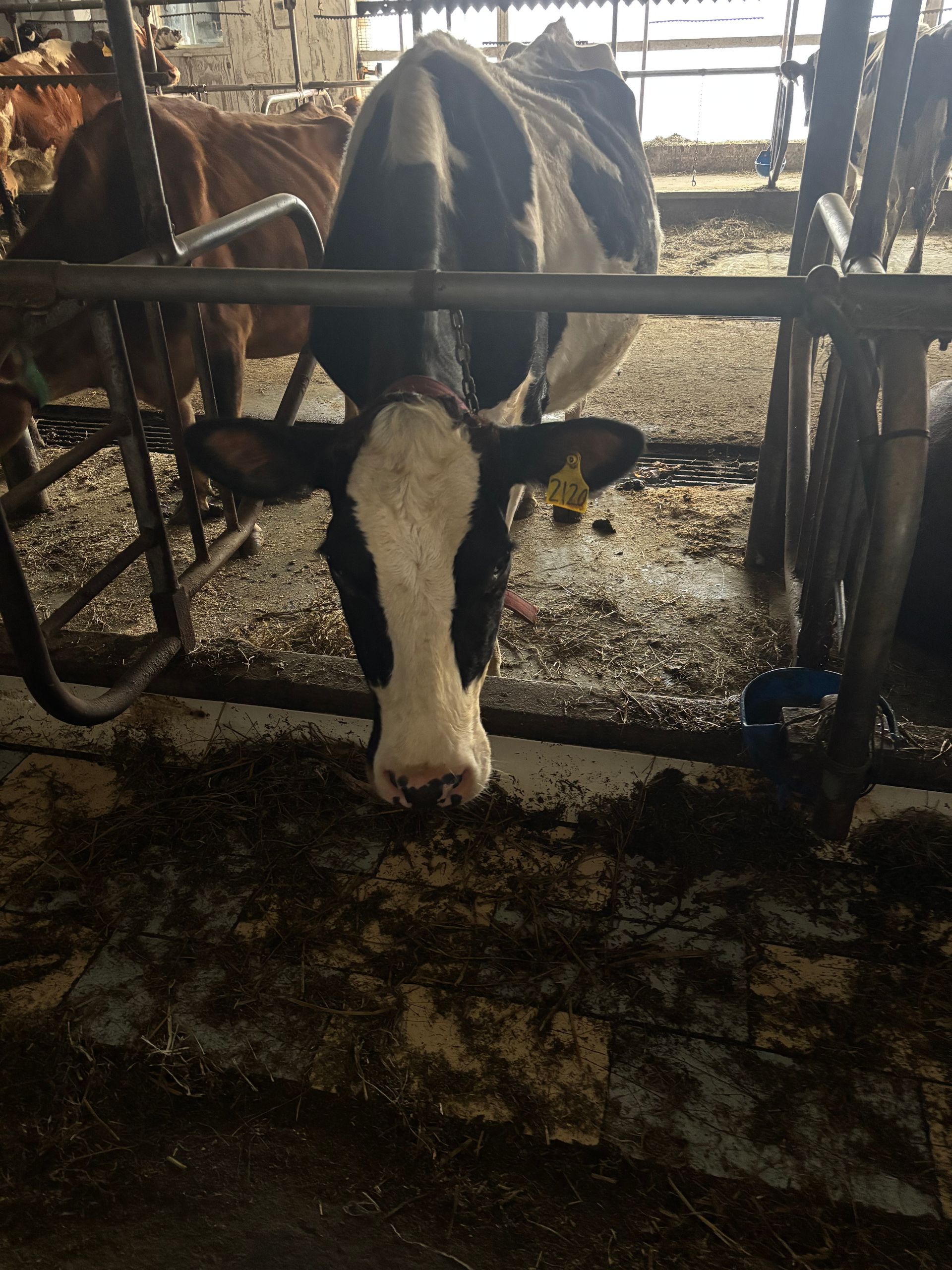
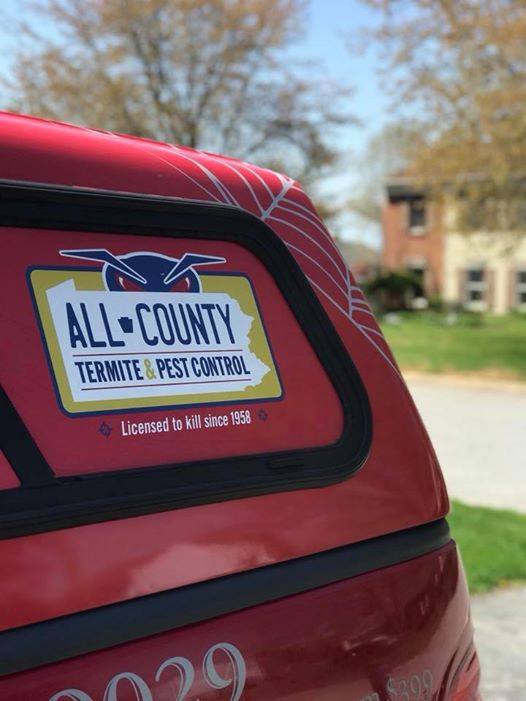
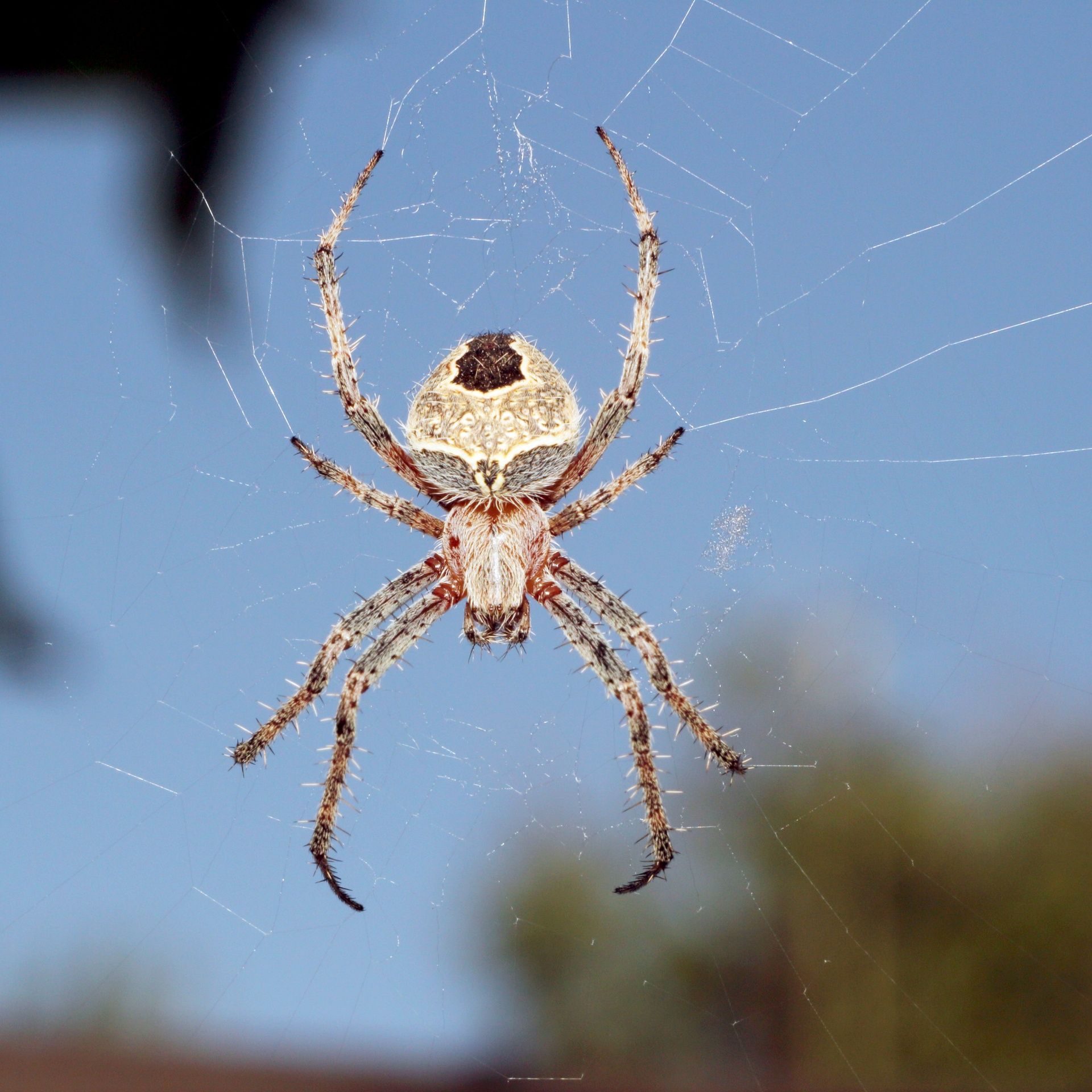
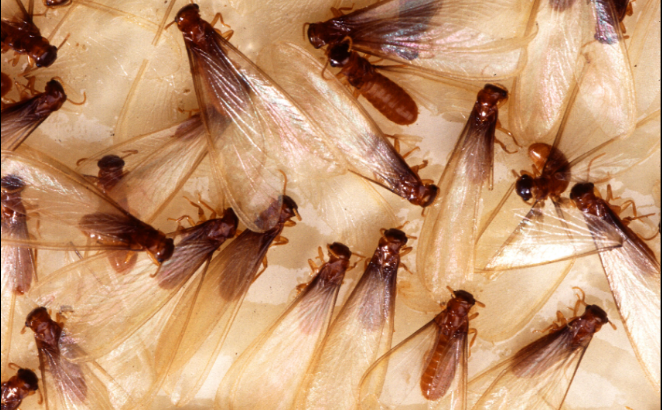


Bed Bugs, Termites or Pests? We’re here to help!
Contact us today to learn more about Lancaster, PA pest control services. Our team is happy to answer your questions and provide an accurate quote for your home or business.
QUICK LINKS
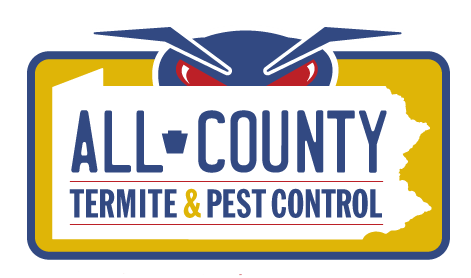
We're happy to provide a 5% discount for seniors and veterans.
All Rights Reserved | All County Termite & Pest Control | Site Design by RKC

